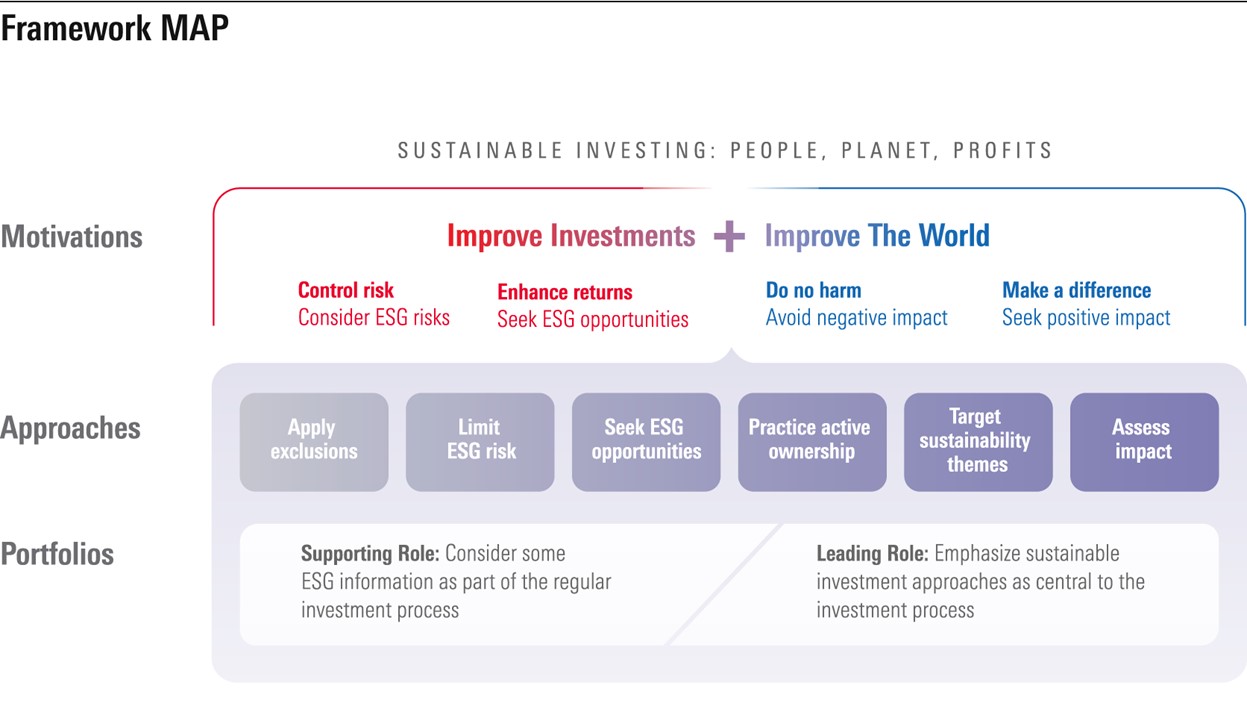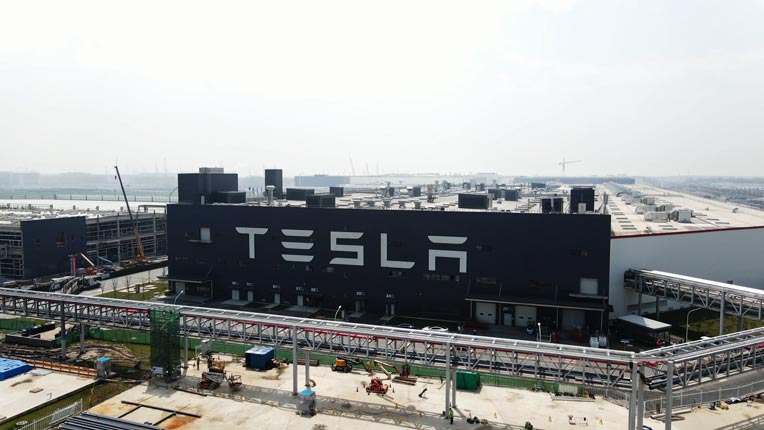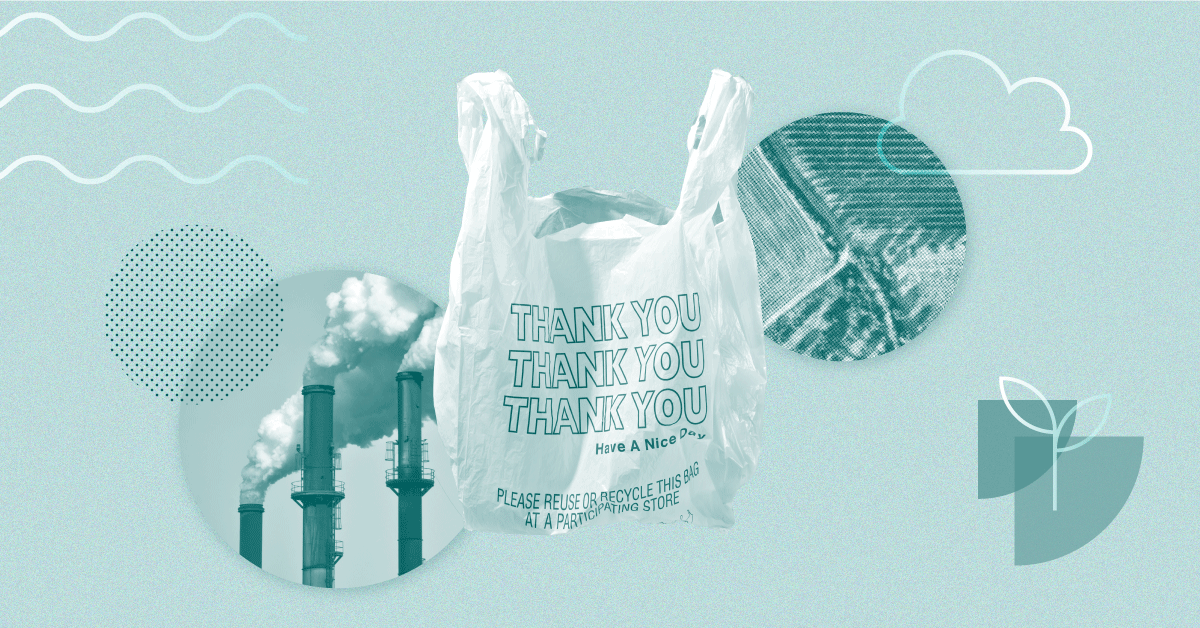
Canadian investors poured money into sustainable funds last quarter, the latest Morningstar sustainable investing report found, with inflows multiplying in size for a few key product categories.
Perhaps as sustainable investors sensed a peak in interest rates, fixed-income asset flows soared, up 584% from the previous quarter. Meanwhile, allocation fund offerings experienced inflows 414% greater than the previous quarter.
Finally, ESG Gets a Shared Meaning
The Q1 2023 Sustainable-Investing Landscape for Canadian Fund Investors report from Abdulai Mohamed and Ian Tam is one of the first to use a new responsible investment identification framework from the Canadian Investment Fund Standards Committee (CIFSC). Using a common set of criteria, the authors were able to identify funds with an ESG Best-in-Class approach. Through its ongoing work, the CIFSC had identified (through prospectus reviews) a number of investment funds that have disclosed that they use one or more of six well-defined approaches to sustainable investing, which align well with Morningstar’s own Sustainable Investing Framework.

One of these approaches is defined as “ESG best-in-class” which is where a fund company aims to purposefully create a portfolio or index that has lower degrees of ESG risk than a traditional index. Tam and Mohamed postulated that if these funds were truly ‘best-in-class,’ this would be reflected in their Morningstar Sustainability Ratings (which are a measure of ESG Risk). After filtering for funds that use the ESG best-in-class approach based on the framework, Mohamed and Tam found that over 85% of sustainable products identified by the CIFSC framework had a High or Above Average Morningstar Sustainability Rating, compared to the rest of the universe with only 36% of funds at that level.
Framework’s Performance Checks Out
Outside of this report, Tam also recently looked at the performance of the CIFSC framework with ETFs to see if best-in-class sustainable ETFs were doing what they were saying. The answer was, for the most part, yes, with 70% of products at a High or Above Average Morningstar Sustainability Rating.
Going forward, this quarterly Canadian sustainable fund landscape report will use the CIFSC framework, as the most recent data appears to support its use. The latest findings include:
- Funds identified as using ESG exclusions in their framework were generally found to have low exposure to controversial revenue areas.
- Asset size in sustainable funds increased by 8.5% to CAD 45.0 billion.
- The top 10 funds by net inflows saw an estimated CAD 1.3 billion invested during the quarter, with NBI and Mackenzie Investments attracting the largest portions of new money.
For more findings and to read the entire report, click here.




















